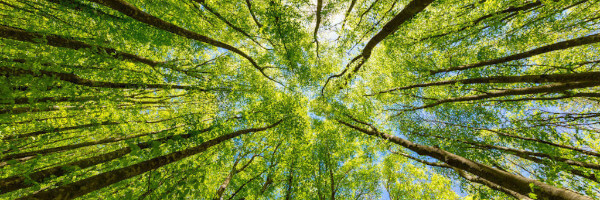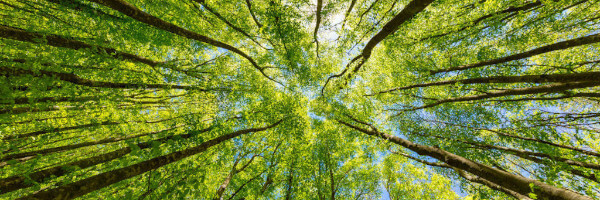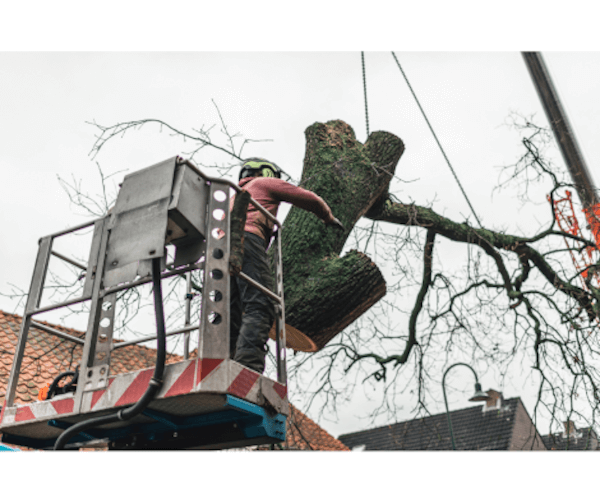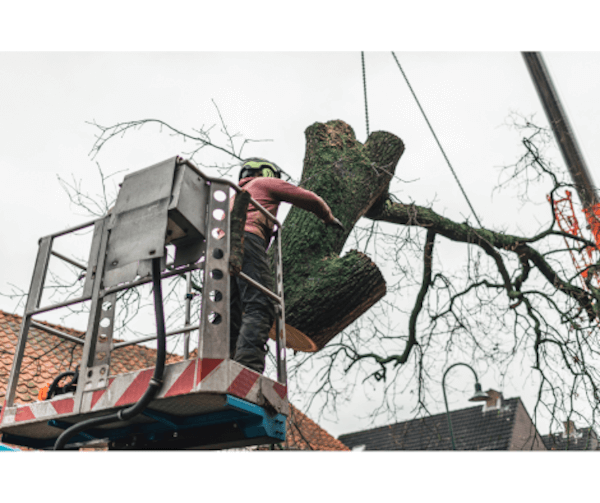
Call a Tree Care Specialist if you see any of these signs
A tree can be a fantastic natural feature in your backyard. But without proper care, your tree can become unhealthy. When a tree’s health starts to deteriorate it can become a safety hazard. Branches can become weak and fall off. In extreme situations, a tree can completely fall over and cause damage to your property.
To protect your home, it’s best to know when a tree is becoming a safety risk. That’s when tree removals are often recommended. There are many signs you can look out for when it comes to tree safety. Some of these signs show poor tree health. Offers may show signs of a pest infestation. But it’s not all bad news. Identify symptoms early on and you may be able to save your tree.
1. The roots are starting to rot
A poor root system is often one of the biggest signs a plant is dying. Tree roots are essential for a tree to absorb nutrients, grow, and maintain health. Any sign of decay or damage to your tree’s roots could be an indicator that your tree is on its way out. One way to identify if the roots are decaying is by assessing the ground around your tree. Identify if the ground has lifted or if the roots look severed.
Another way to tell if the roots are unhealthy is by looking at how the tree is standing. If your tree has started to lean to one side (especially after a storm) then this could indicate that the roots are weak.
2. Cracks in the trunk
Over time your tree may develop cracks in its trunk. The ones you really need to look out for are those that ap[pear between two opposite branches. Cracks like these can be a sign of serious structural damage. These cracks can show your tree is not strong enough to withstand much pressure from the elements.
One of the biggest risks associated with these cracks is damage from storms. Strong winds and heavy storms can strike your tree throughout the year. Your tree may struggle to withstand the pressure that comes from multiple storms. The result? The tree trunk could snap and fall over, causing damage to your home.
3. Signs of disease
Your tree can look strong and sturdy but it may still be vulnerable to diseases. Another problem with tree diseases is that they can spread. So it’s best to watch out for your tree and the others that surround it. One of the most obvious signs of disease is the condition of your tree’s leaves. Discolouration of tree leaves could be a sign of disease.
If the leaves are deforming this could also be a sign of disease. Over autumn it can be hard to identify whether leaves are falling from disease or just its annual growth phase. A change in pattern in the way leaves regrow in spring could be a sign of disease. Another sign to look out for is how different sections grow. It may just be one area of branches with a disease and therefore has no leaves regrowing on it.
4. Cavities in the trunk
Cavities in the trunk of your tree can make great spaces for local wildlife to rest. It’s not uncommon for possums and birds to make themselves comfortable in these little nooks. But these cavities could also be a sign of danger. If your tree’s trunk is full of holes then it could be an obvious sign the tree doesn’t have a solid structure anymore. So it could collapse at any moment.
Cavities in the trunk of a tree are usually caused by pests. Insects can quickly make a meal out of your tree and make substantial nests in the trunk. Cavities can also be an obvious sign that your tree is dying. Another obvious sign is the presence of fungi or mushrooms growing on your tree. They usually feed off dead or dying trees.
5. Close to your home and pedestrians
Sometimes a tree’s growing position can be a safety hazard in itself. Think about how close your tree is growing to your house. If it’s too close to your home’s roofline it is most likely shedding leaves onto the roof. A buildup of leaves can block gutters, cause flooding and costly water damage to your roof. Full tree removal may not be necessary. You could just need a few branches removed.
There’s also the risk of falling branches to consider. When heavy branches fall they can cause costly damage to your roof. If your tree currently has branches that are weakened from a storm or even disease, it’s best to get them removed asap. If your tree is situated near a pedestrian walkway then it’s also important to get it looked at. The risk of falling branches can put any pedestrian in immediate danger right outside your home.
Call a qualified tree removal expert now
Does the tree in your backyard show any of these warning signs? Don’t take a risk on the safety of your family and home. A tree removal expert like an Arborist can assess the health of your tree. In some cases your tree may not be a lost cause. Trees can be treated for pests and diseases without the need for tree removal.
A tree inspection is also just a great way to make your home safer for anyone. If your tree is suffering from disease or damage, then a tree removal may be your best option. In comparison, a tree removal can be far less costly than paying for repairs to your home. Here at Daryl’s Tree Care, our qualified tree care experts can carry out a full inspection of your tree. They’ll look for all the signs of an unhealthy tree. They can recommend the best course of action.
Sometimes all that’s required is a tree trimming service. But if the safety risk is too great, we will recommend a full tree removal service. Tree removals are usually done to protect you from falling branches or future tree collapses from storms. Simply call us today on 9897 4418 to book a tree inspection.
The post 5 warning signs you need a professional tree removal service appeared first on Daryl’s Tree Care And Surgery.


